Can You Paint A Radiator With Emulsion? – Pro Advice
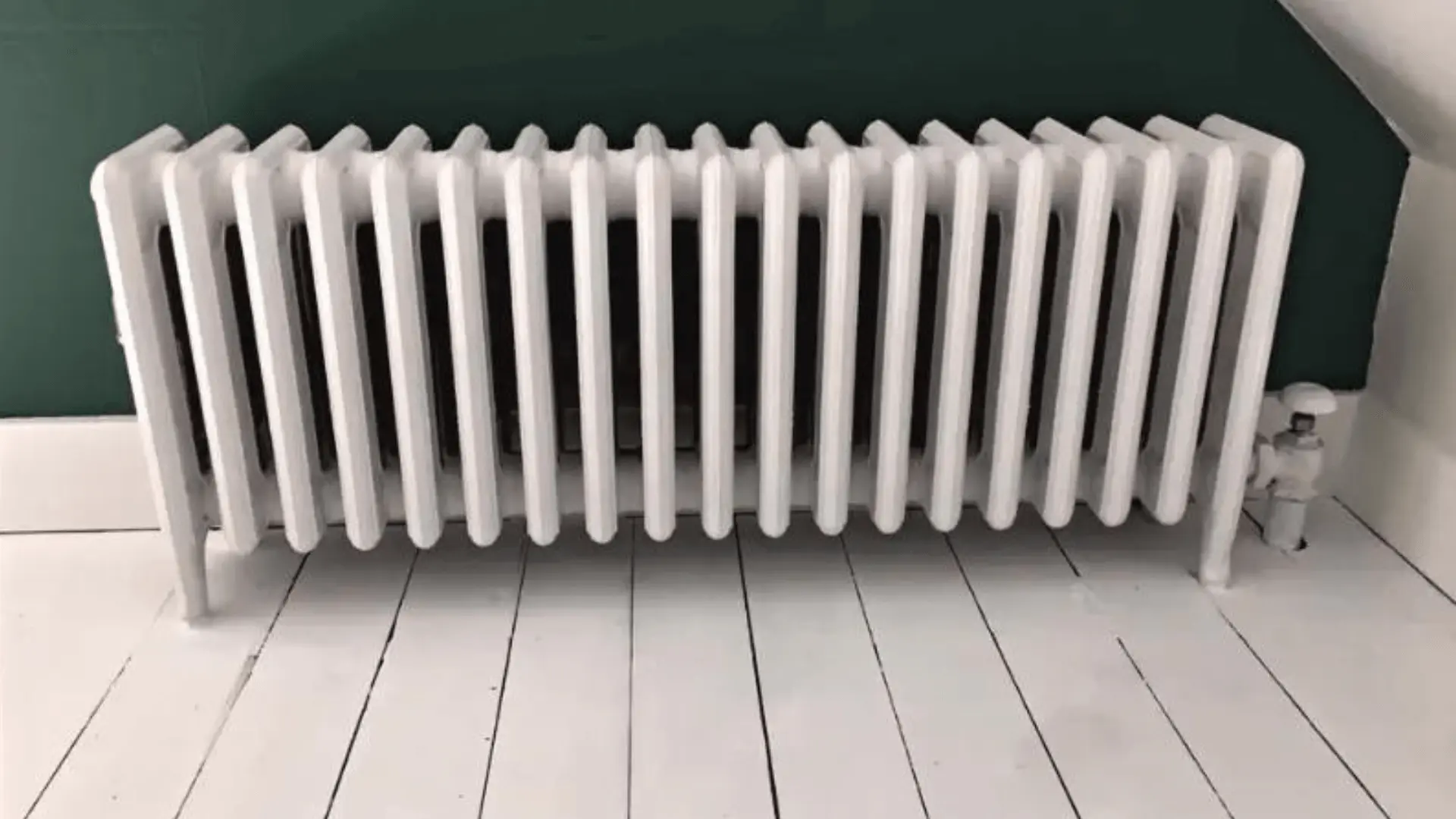
DIY DOJO is reader-supported. We may earn an affiliate commission when you buy through links on our site. Find out more.
Can you paint a radiator with emulsion? I know this might seem like a strange question, but it is one that people must ask themselves. The answer to the question is yes, you can paint a radiator with emulsion, but why would you do that?
When you buy a new house, the radiators are the first things you need to replace. They can get rusty; depending on the materials they are made from, you might need to sand them down and repaint them. Radiators can be painted in a variety of ways. You can use regular paint that you buy from a store, or you can make your paint using emulsion and other household items.
Painting with emulsion is a fun and simple way to give your radiator a new look! Have you ever imagined painting a radiator? We show you how in this blog.
How Do I paint a radiator with emulsion?
How do I paint the radiator with emulsion? Painting emulsion on radiators is a great way to bring a new look and add a splash of color to your home without breaking the bank. But often, people cannot paint the radiator correctly and have bad results, especially with emulsion
Because they don’t know what emulsion we should use for our radiator, whether it should be gloss paint or low-sheen. Also, they do not follow the proper steps needed to get that smooth finish. Let’s go through the steps to elaborate on how to paint a radiator with standard emulsion correctly.
Choose the right paint:
Most people aren’t sure what type of paint to use. Because there is a variety of good quality paint available in the market, choosing the right, best radiator paint is hard. The radiator must be painted with water-based paint because it is best for them despite the finish and durability.
You might think that gloss is better for it, but not really because it does not adhere to the surface. So choosing the right type of paint for radiators and the right paint can change the game of your radiator look.
Clean the radiator:
Prepare the surface before painting. First, you should know that before you start painting, you should remove the radiator and clean it. This is very easy – get a big hammer with a sharp end and hit the radiator at the top.
It will fall off if you hit it hard enough. This way, you won’t have to repaint it after you finish it. Once you are sure the radiator is clean, you can sand it.
Sand the radiator:
After cleaning, do sand the radiator. The purpose is to remove all the old and yellowish paint on it. And prepare the radiator to welcome new paint for sure. Keep sanding until you remove the old paint and a smooth surface coming out of it.
Prime your radiator:
To let the new paint adhere to the surface of the radiator, use a primer. Priming the radiator before painting makes it long-lasting and firmly adheres to the surface. You can skip this part, too, if you’re using 2-in-1 formula paint, but if not, then prime the radiator and leave the radiator to dry.
Paint the radiator:
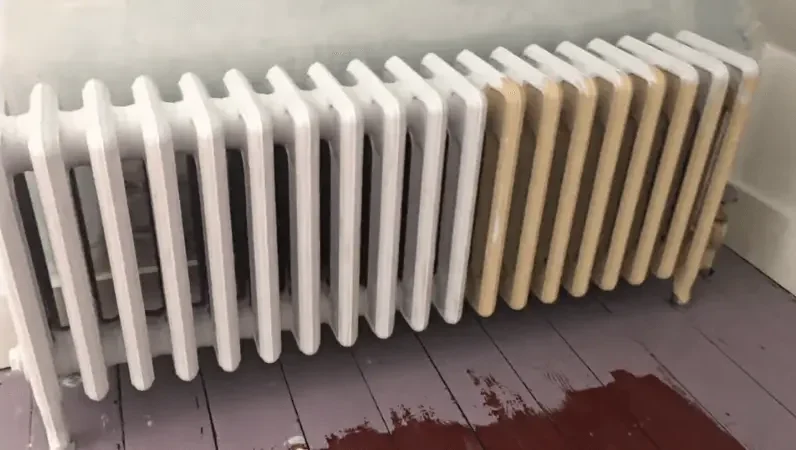
After all, you have done, your radiator is ready to move to the last step. This is the step where the magic happens, and you give life to your radiator. Start applying the first coat of paint.
And how many coats you should do is already mentioned on the paint you’re using, so coat it nicely. Once the paint is dry, be ready to see your hard work.
Is it possible to paint a radiator with emulsion?
Of course, It is possible to paint a radiator with emulsion paint. You can paint with anything if you know what you are doing.
You need to remember that the radiator needs to be clean before you start painting, so you can use emulsions, enamel paint, and other paint products to paint your radiator. And also, you should be well prepared before you start painting radiator pipes. The radiator will also need to be covered in plastic or cold or left to dry for about 24 hours before it is used.
Otherwise, it could become damaged. Also, do not overcoat too much. Let the first lick of paint dry, and then do the other coating to get an even finish. Without proper precaution, you are not able to paint it rightly.
What happens if you paint radiator with emulsion?
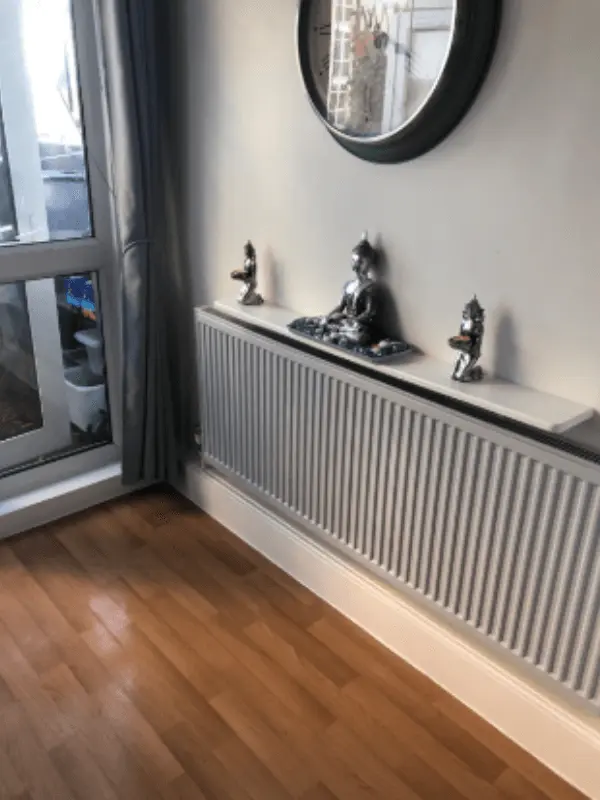
Painting a radiator is a good thing to change the look of a rusty radiator into a whole new look, but using emulsion on a radiator is not always recommended the reason that you’ll likely see cracks on the radiator if you do that, but there is always a right way to do it with emulsion without cracking the surface to get a new look, and all of the things are discussed above. Follow them to get the whole fresh and crack-free look.
If you’re planning on painting your fascia boards and soffits, check out our comprehensive guide that covers everything from preparation to choosing the right paint and application techniques.
Conclusion
Do we hope you’ve enjoyed our post about Can you paint a radiator with emulsion? We also hope that we were able to give you some helpful information to help you answer that question. It can be a very frustrating experience when you are trying to paint your home, and you are not sure if you should use emulsion.
The emulsion is a type of paint that can be used on a radiator, but it might need some special preparation to ensure the paint will stick properly. With this knowledge, you can take steps to improve the look of your home!
So what are you waiting for?
If you’re looking for tips on painting hard-to-reach areas like a high wall or ceiling where a radiator might be located, check out our article on how to paint a stairwell without a ladder or scaffolding.
FAQS:
If you’re wondering how much emulsion paint you’ll need for your radiator project, check out our Wall Paint Calculator to maximize your paint budget and avoid any unnecessary trips to the store.

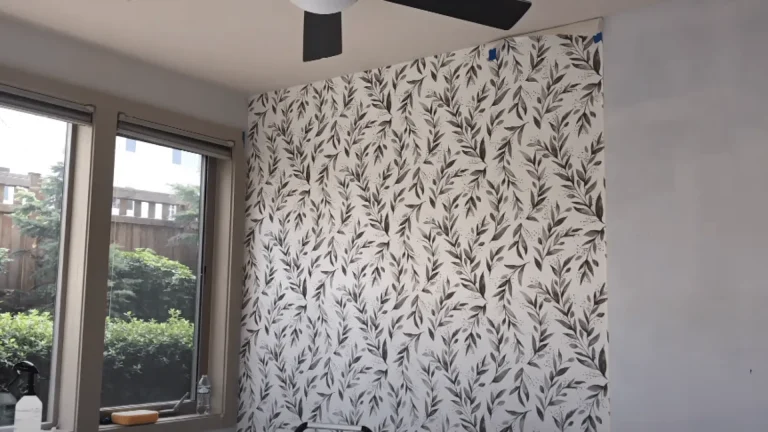

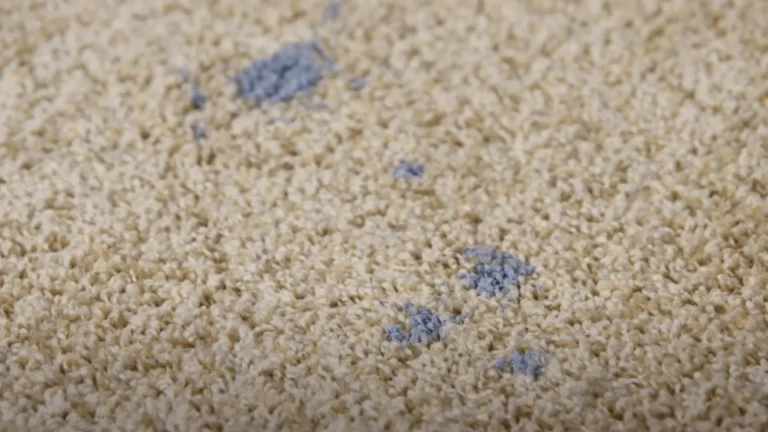

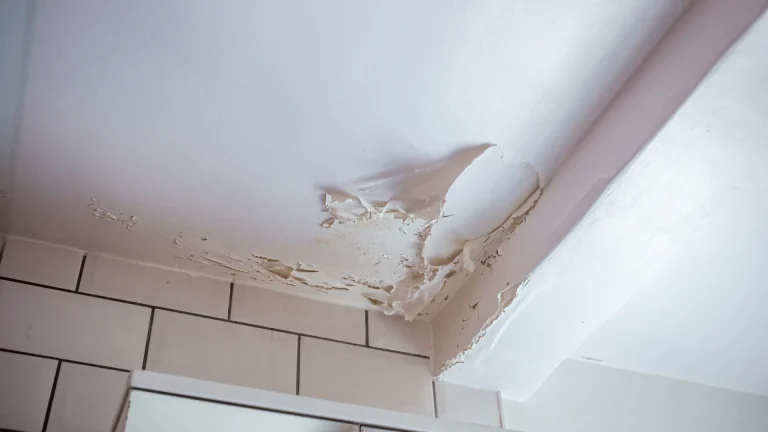
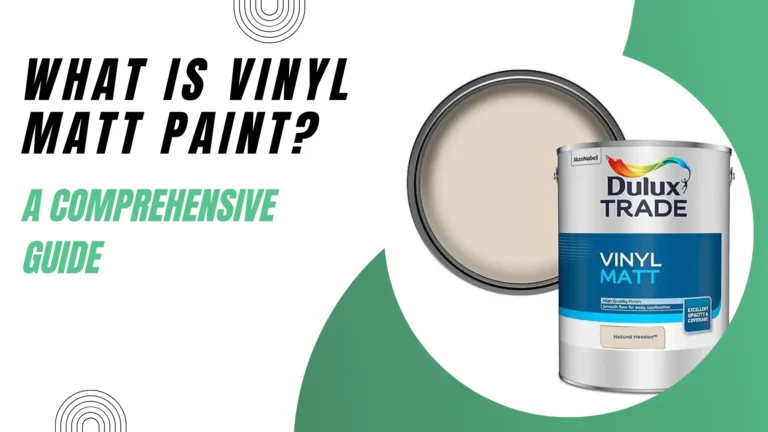
Search
sgtdmqzqht http://www.gi7yb045659t76r85ggl6k7y79tfz8wts.org/
asgtdmqzqht
[url=http://www.gi7yb045659t76r85ggl6k7y79tfz8wts.org/]usgtdmqzqht[/url]